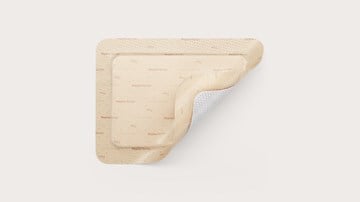Our knowledge
Explore our knowledge and expertise – we’re passionate about sharing what we have learned with healthcare professionals to advance standards of care.
Collaboration is key to our success. Explore what we’re saying, what we’re sharing and what we’re thinking.
OverviewWe design and supply medical solutions to enhance performance in healthcare – from the hospital to the home.
OverviewExplore our knowledge and expertise – we’re passionate about sharing what we have learned with healthcare professionals to advance standards of care.
Overview
Extra-conformable all-in-one bordered foam dressing with better stay-on ability and fluid handling capacity – for longer wear time
Mepilex Border FlexExplore our knowledge and expertise – we’re passionate about sharing what we have learned with healthcare professionals to advance standards of care.

Cookies help us deliver our services and provide personalized experiences. By using this website, you agree to our use of cookies. You can opt out by clicking on the following link.